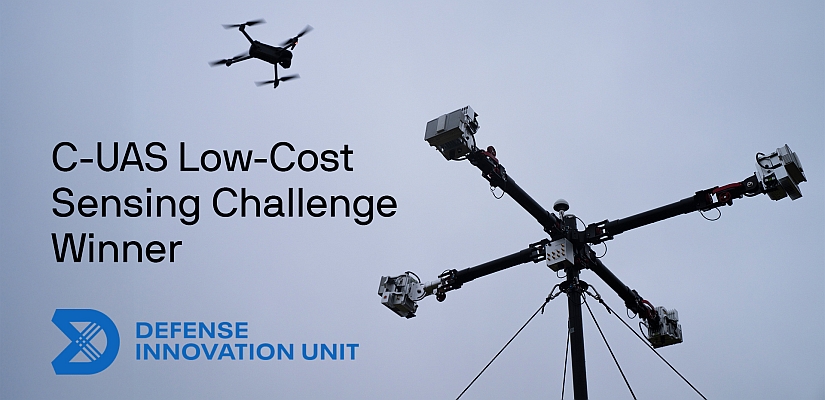In an age where every square kilometre of Earth’s surface is so easily photographed and surveilled, to be a true explorer — to see what no human has ever seen before — one has to descend into the bowels of the Earth. Armed with high-tech lasers scanners, cavers are slowly mapping that underground world. And now they have found the world’s largest cave chamber, equivalent in size to four Great Pyramids carved out underground. The Miao Room is located under mountains in Southern China, a region whose landscape is dominated by soft rock easily eroded by water — a landscape full of caves, in other words. In 2013, a expedition funded by the National Geographic Society brought explorers and a laser scanner into cave that contains the Miao Room. (The cave was only found by humans in 2001.)
 This week, the explorers present evidence at a UK caving conference that the Miao Room at 380.7 million cubic feet is in fact the largest cavern by volume ever found.
This week, the explorers present evidence at a UK caving conference that the Miao Room at 380.7 million cubic feet is in fact the largest cavern by volume ever found.
But how does one measure a cave that is vast and irregular in shape? In the July issue of National Geographic, writer McKenzie details how the team used 3D laser scanner to map caves. The scanner works by analysing the amount of time it takes for a laser pulse to be reflected back. McKenzie describes what it looks like in action:
Our model is a Riegl VZ-400, used in architecture, engineering, and mining and now for the first time in caving. It’s a metal cylinder about the size of a human head and weighs 21 pounds, not including its two nine-pound batteries or the tripod or laptop and cables. When running, it sits at about eye level, spinning 360 degrees and taking up to 122,000 measurements per second of everything within a maximum 2,000-foot radius.
A few minutes later, an initial 3D rendering of the cave appears on a laptop screen. This is the only way to “see” a cave in its entirety. In a cavern as big as the Miao room, most flashlights fade before lighting up a complete wall or ceiling. Our human eyes can only see the cave in bits and pieces; our laser eyes see all. [National Geographic] 
The photos in the post first appeared in the July issue of National Geographic News and have been reprinted with permission — head over there to see more photos of the caves.
Source: Gizmodo






